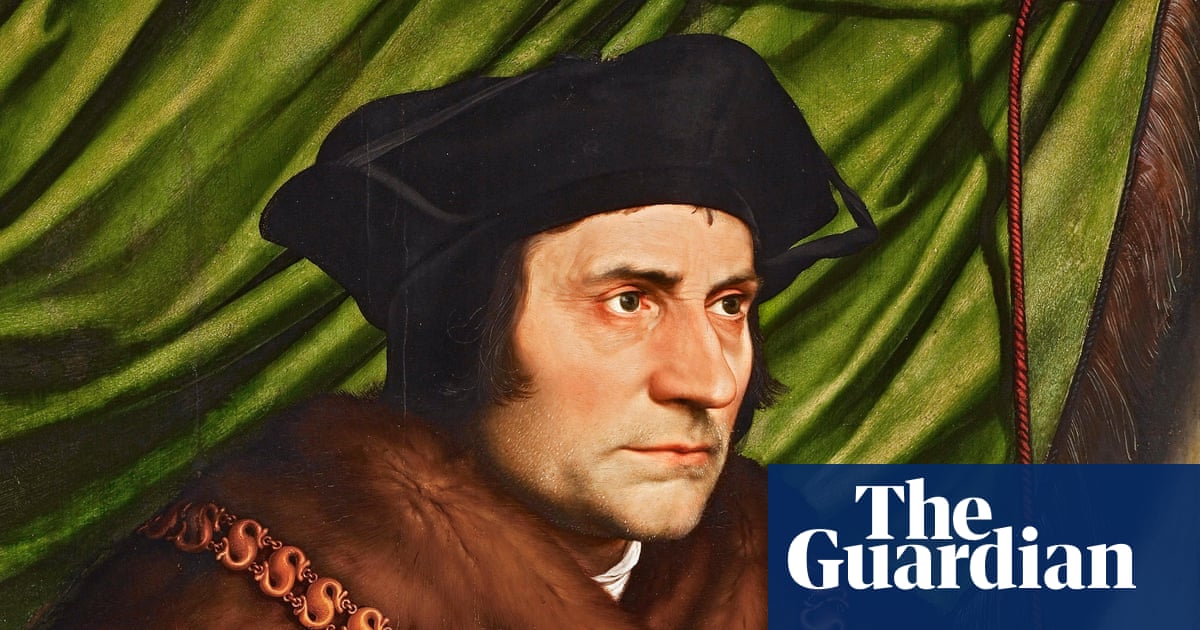
"It was this last portrait that caused an international incident in 1539 when Holbein was sent by Henry to the Low Countries to check whether Anne was pretty enough to be his next wife. Based on Holbein's portrait, Henry committed to the marriage in absentia, only to be horrified when the actual Anne arrived on the Kentish coast, looking nothing so fair as she hath been reported. The union lasted six months."
"And even though today we have no way of judging their verisimilitude, there is no mistaking their essential vitality: you would swear Holbein's people are blinking and breathing before you, ready to reach out and shake your hand. Consider his early pictures of the Dutch humanist Erasmus, commissioned in 1523 when both men were living in Basel. The middle-aged scholar's deeply etched face manages to convey both generic qualities of intellectual rigour and benign humanism while remaining utterly individual, with a wide, curving mouth and deep-set eyes. And there is a certain cheeky humour in evidence, too."
Hans Holbein painted many figures of Henry VIII's court, including the monarch, ministers, and wives, and his images shaped contemporary perceptions. His portraits rendered complex character—Henry puffy and menacing, Thomas More ascetic yet potentially cruel, and Thomas Cromwell sly and thuggish—while depicting the wives from a sketchy Anne Boleyn to a saintly Jane Seymour and an alluring Anne of Cleves. The Anne of Cleves portrait provoked an international incident when Henry, relying on Holbein's likeness, married in absentia and later repudiated the union after finding the real Anne dissimilar. Holbein's work was admired for uncanny lifelikeness, psychological insight, and occasional cheeky humour, as seen in the Erasmus portrait.
Read at www.theguardian.com
Unable to calculate read time
Collection
[
|
...
]